Qira'at (KFCRIS Humanities Papers)
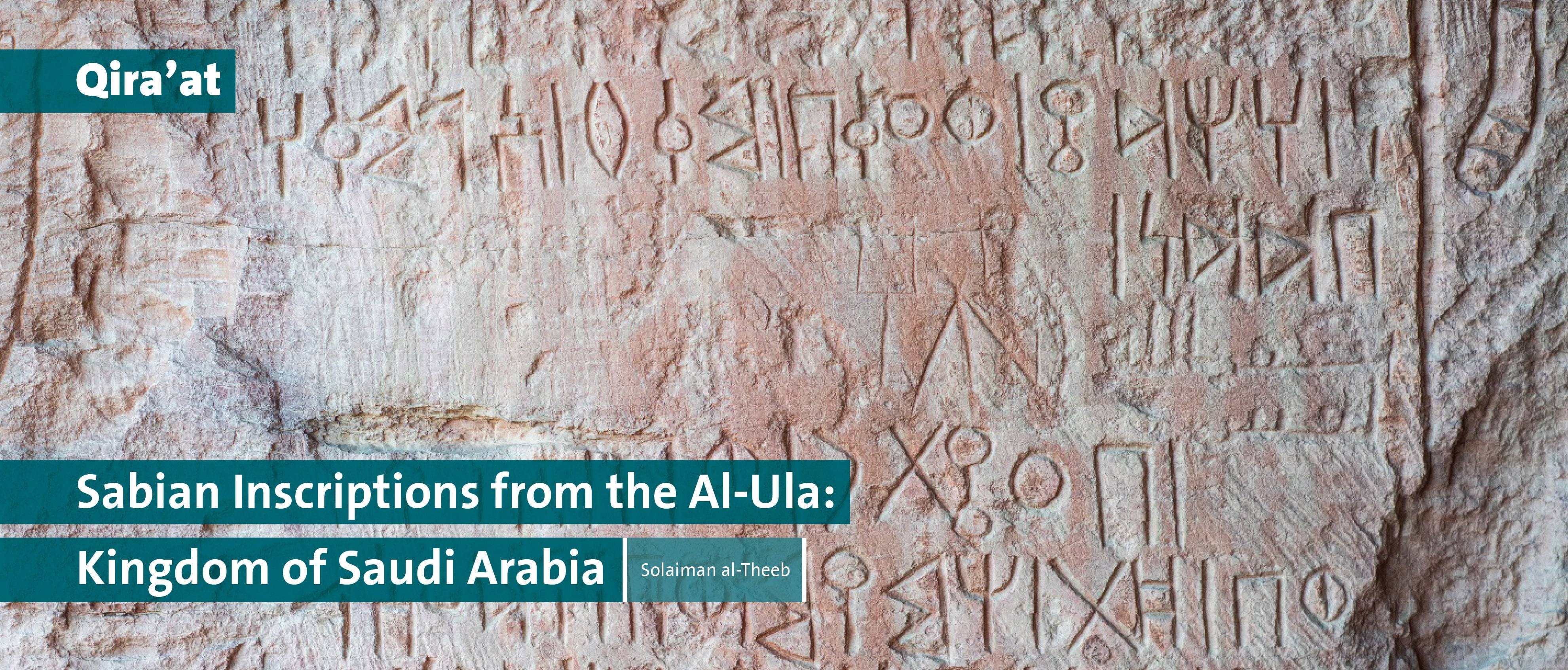
Number: 22/23
Author: Solaiman al-Theeb
These inscriptions were carved into the northern face of Mount Saq, which stands 220 meters high, located in the western part of Wadi Al-Qura, extending approximately two kilometers from north to south. It is located three kilometers from the current archaeological site of Dadan. Notably, the site is just one kilometer north of the well-known site “Um Daraj,” where numerous religious artifacts and statues of various sizes and shapes—over three thousand statues, most of which bear late Dadanite inscriptions—have been uncovered. Interestingly, Um Daraj is located north of Wadi Saq, while our site lies to the south.
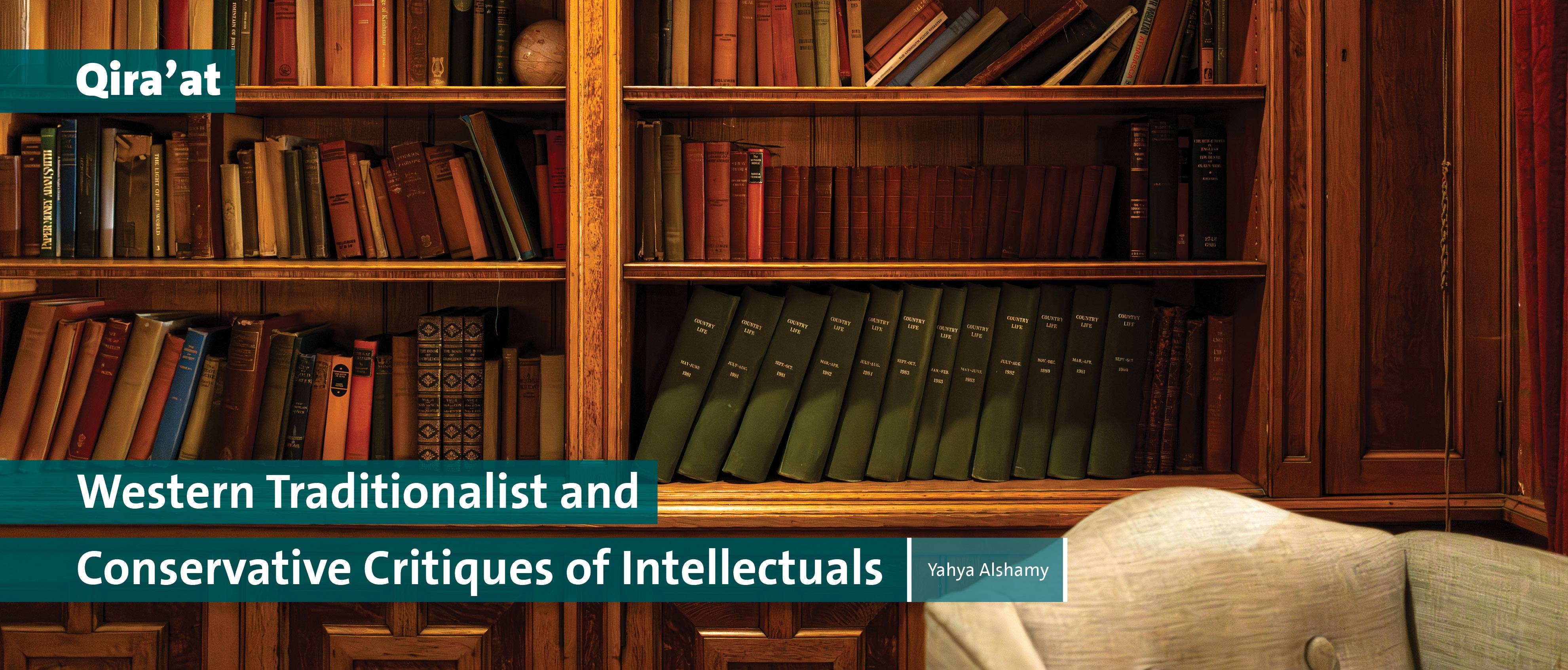
Number: 19/20
Author: Yahya Alshamy
This paper examines Western conservative and traditionalist critiques of intellectuals, focusing on Friedrich Hayek, Thomas Sowell, Roger Scruton, and Patrick Deneen. Since modernity, intellectuals have played an increasingly significant role in shaping social and political life, often driving ideological change. Their influence, particularly in advancing leftist ideas, has made them a focal point of criticism from conservatives and traditionalists, who argue that intellectuals undermine traditional institutions and promote unrealistic policies. This paper analyzes and compares the critiques of these four thinkers, highlighting their epistemic, pragmatic, and ideologica
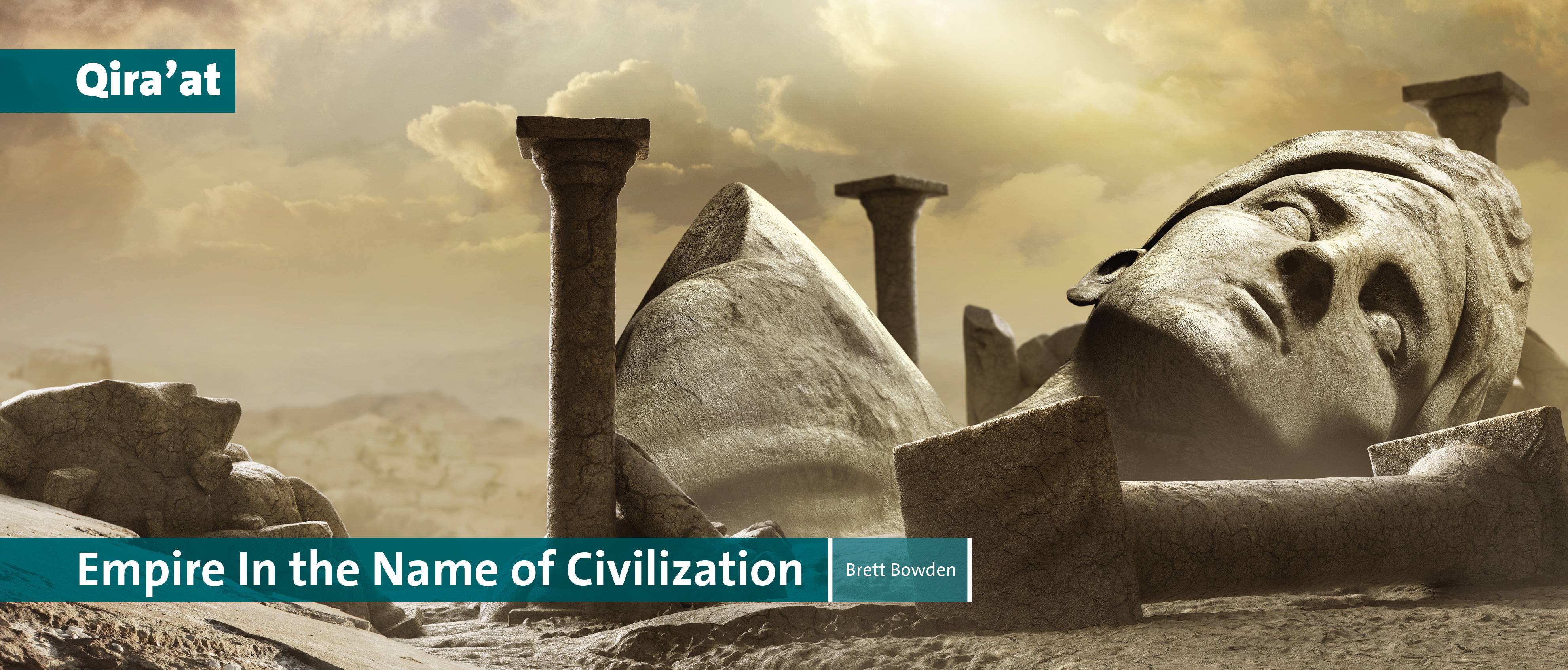
Number: 17
Author: Brett Bowden
The Empire of Civilization was prompted by a series of recent calls for new standards of civilization to help us add order to our sometimes chaotic world. Influential advocates have outlined a range of perceived benefits this might bring for the global human condition. But they have given little consideration to the downsides of such a course of action. This oversight is particularly disconcerting given that the language of civilization comes with so much baggage. The terrorist attacks of September 11, 2001, and the subsequent launch of the global war on terror—a war that the most powerful man in the world at the time, United States President George W. Bush, saw a
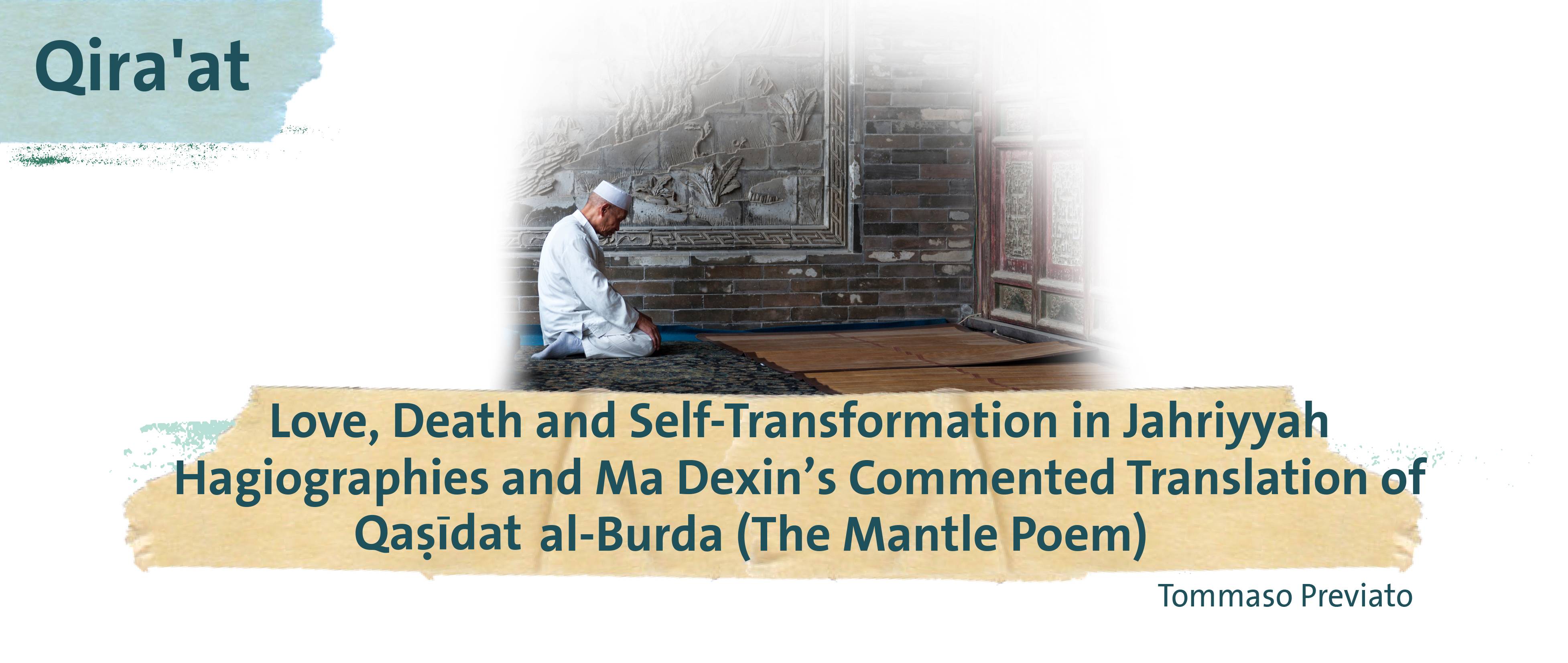
Number: 16
Author: Tommaso Previato
There is no religion that does not seek answers to the questions of life and death or expound on the belief in an afterlife once the bodily self has dissolved. World religions touch upon these questions in varied ways, providing a source of moral behavior that steers people’s relationships with others and the divine. Most of the time, death is described as something one struggles to come to terms with, a struggle often associated with emotions of grief, fear, and despair. But there are cases where death is extolled as a joyful, even ecstatic rupture with worldly attachments or an opportunity for self-elevation. In these cases, death represents something more than just the
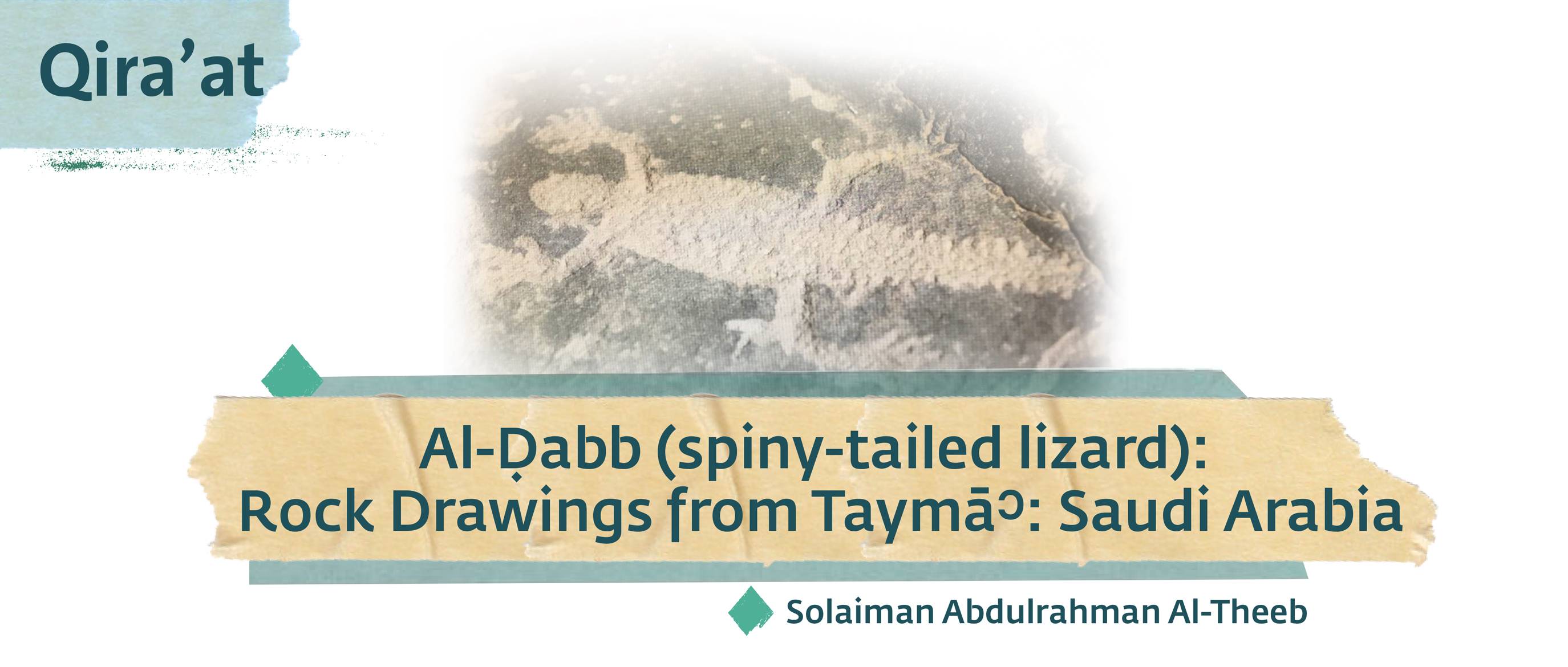
Number: 15
Author: Solaiman Abdulrahman Al-Theeb
This publication is available in Arabic only.
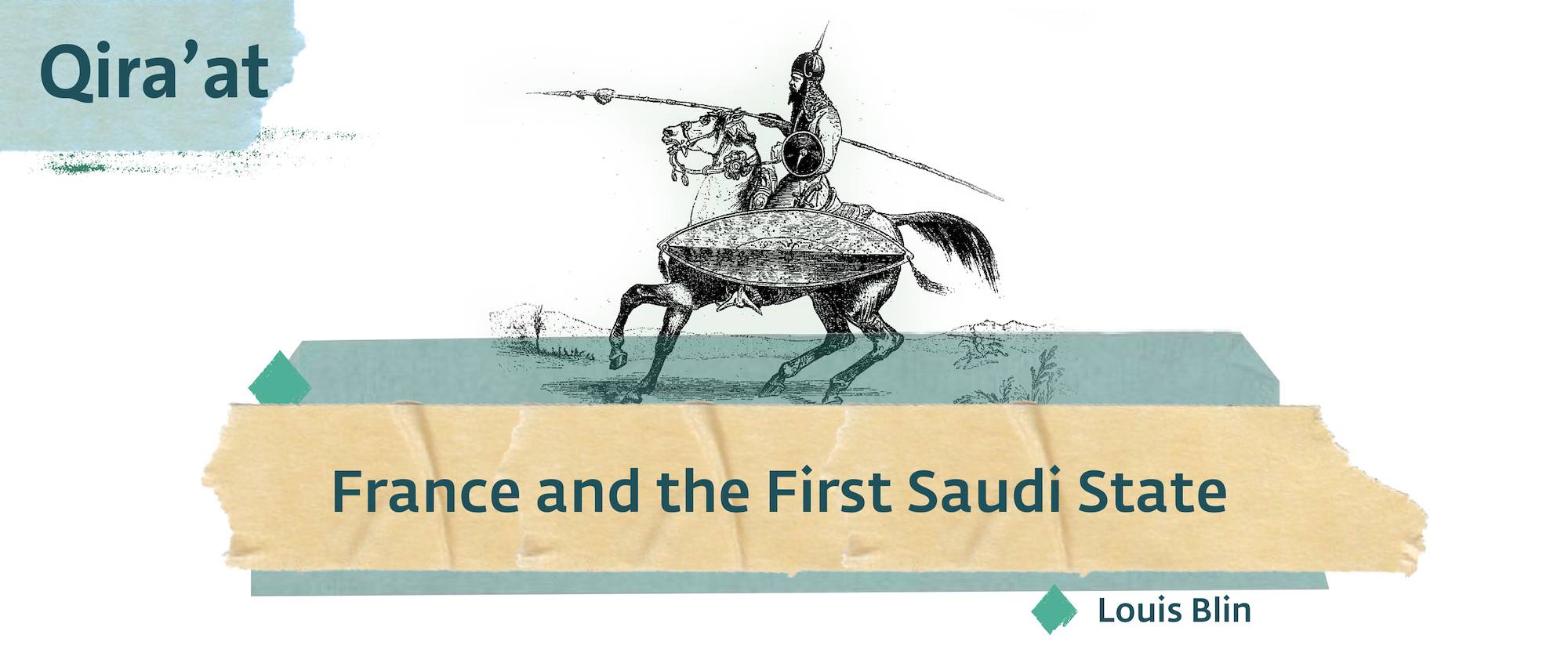
Number: 14
Author: Louis Blin
The emergence of the first Saudi state and its territorial expansion coincided with a period of weakening and internal crisis in France, resulting in a lack of interest in political developments in the Arabian Peninsula. But Bonaparte revived the French ambition of undoing the British hold on India by landing in Egypt in 1798. He then failed to forge an alliance against the British with the grand Sharif of Mecca. Once back in France, his interest in developments in the interior of Arabia shows that he was simultaneously exploring the land route to India. In 1803 he instructed his consul in Baghdad, Olivier de Corancez, to get in touch with the Amir Saud ibn Abdelaziz, in case th

Number: 13
Author: Ammeke Kateman
This article analyzes a cluster of Moroccan ḥajj accounts – all related to the popular Kattāniyya Sufi order in Fez – to explore the role of the ḥajj and the Ḥijāz in these pilgrims’ own words, at a time when the experiences of imperialism, new technologies and globalization were inevitable for any Moroccan ḥajj traveller. Studying the accounts of the journeys of shaykh Muḥammad bin ʿAbd al-Kabīr al-Kattānī (1873-1909) (written by his follower ʿAbd al-Salām bin Muḥammad al-Muʿṭī al-ʿAmrānī) and his cousin, the ḥadīth-scholar and biographer Muḥammad bin Jaʿfar al-Kattānī (1858-1927), this article show
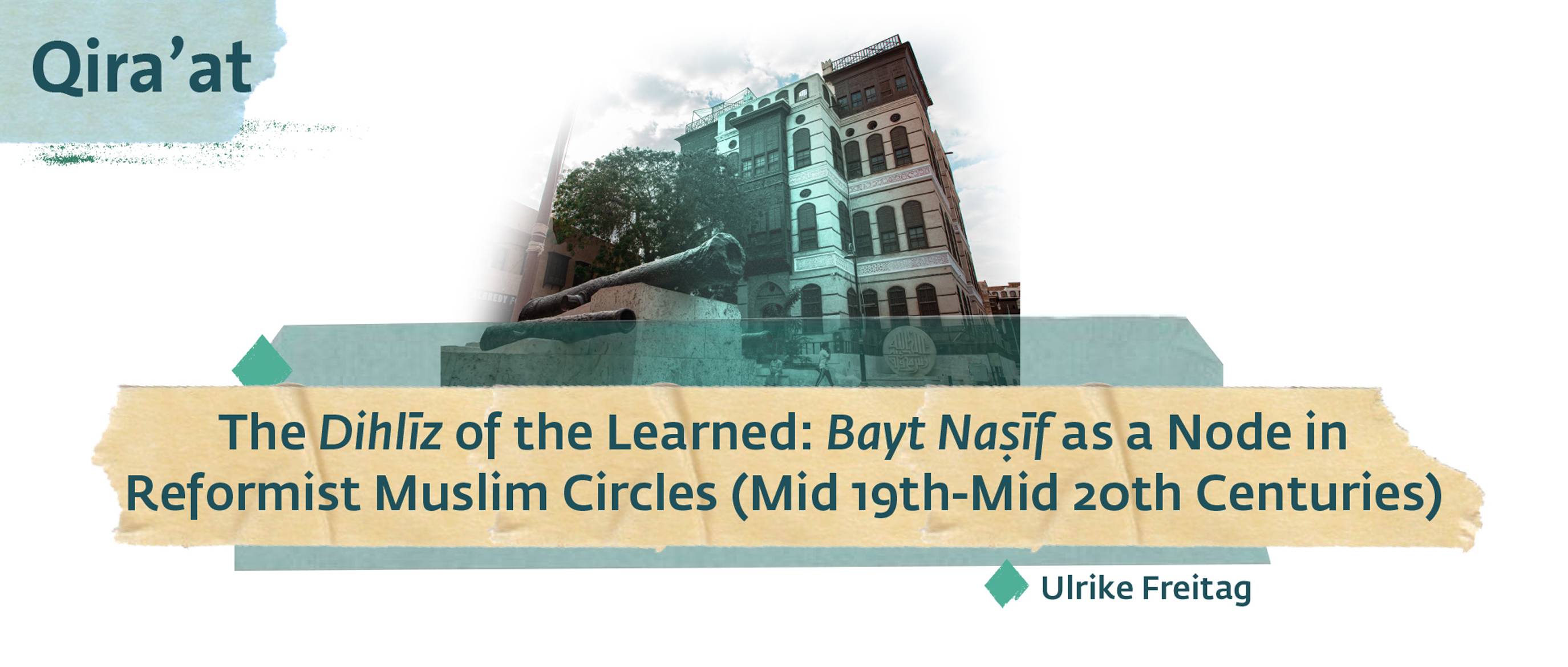
Number: 12
Author: Ulrike Freitag
This article discusses how the abstract notion of Jeddah as an entrance hall or dihlīz of Mecca translated into social practice. It explores this by using as an example the different ways in which members of the Naṣīf family, most notably Muḥammad Ḥusayn Naṣīf, acted as hosts in their house which had been constructed with view to accommodating high-ranking guests. The hospitality displayed was a religious duty to the pilgrims heading for the “House of God”, the holy mosque in Mecca, a political obligation to the Sharīf of Mecca and later the Saudi King, a function of the economic pursuits as grain merchants as well as an expression of the intellectual
Number:
Author:
WAN Lei
This article discusses the infamous “Nanhua Incident” in 1932 occurred in Shanghai and the consequent responses of two distinguished scholars in modern China, Hui Shih and Lu Xun, and their attitudes toward it. The two scholars happened to have witnessed the protest movements, and wrote their articles, letters and diaries on the matter. By analyzing the texts of such writings, one can grasp the viewpoints of the two scholars on the Muslim movement and on Islam in China.

